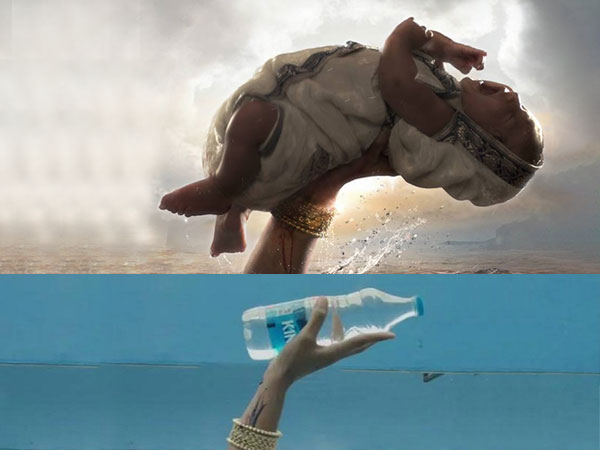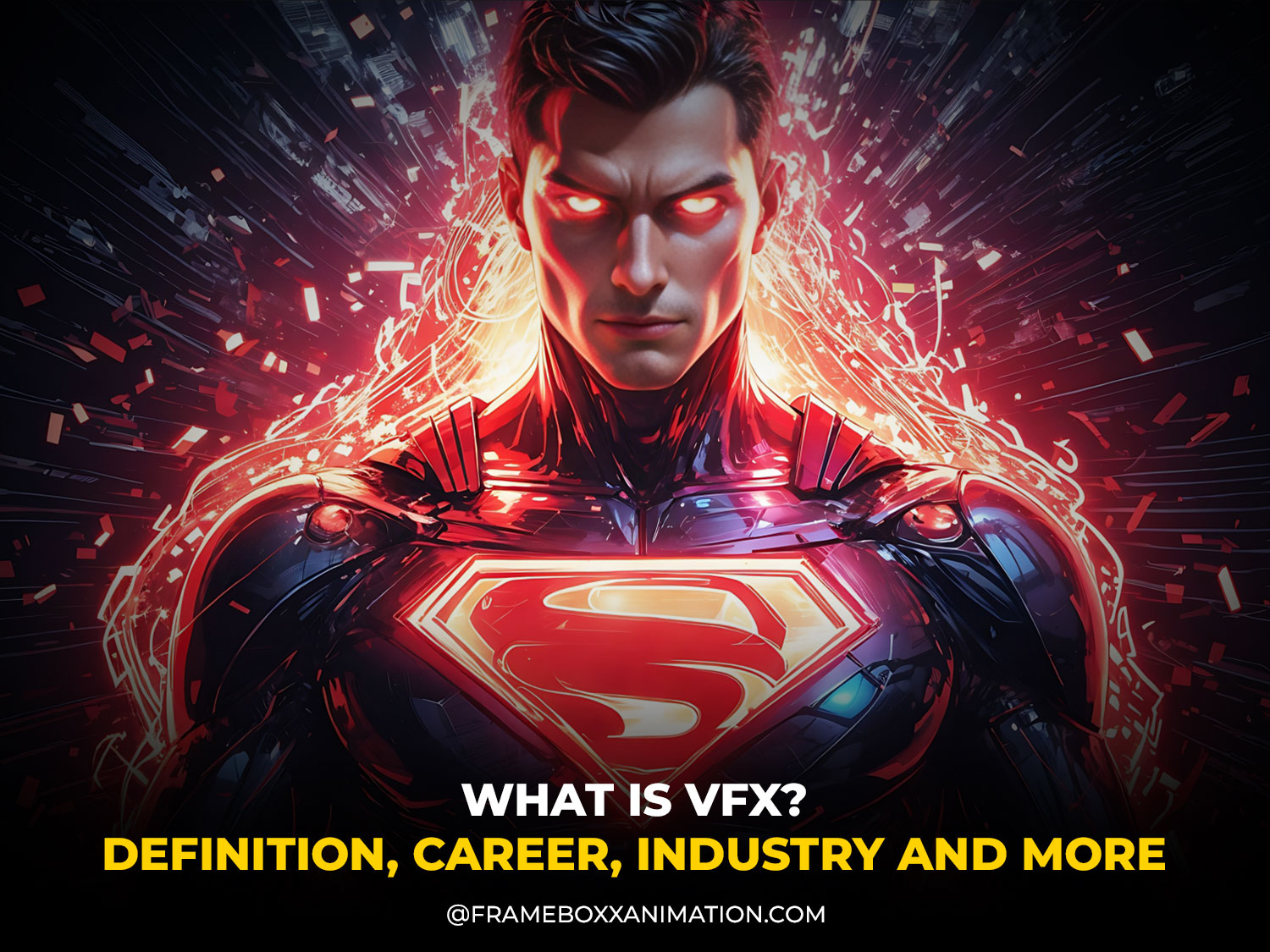If you’re reading this, we can attest to the fact that you are a curious reader. Let us explain the term VFX in a nutshell for you.
The term “VFX” gets thrown around a lot in these times. VFX generally refers to the special effects that get crafted to create some desired special effect. It involves manipulating imagery and elements to make something exciting & appealing.
VFX can be as huge as a giant explosion in the middle of the street or as simple as digitally putting up a poster on a wall.
Saw the epic fighting scenes of Hulk in The Avengers? Yep, That’s VFX. The simulation of Shahrukh Khan’s face in the movie “Zero”. Yep, that’s VFX.
These days, even the short form content such as Instagram Reels also has VFX involved in them that makes the viewer engage rapidly. Nowadays, the viewer’s attention span has dropped drastically to 3 seconds. In mere 3 seconds, you need to engage the viewer’s attention so that they’ll stick around to watch the video.
Overall, VFX is in high demand in the Live Action Industry. Not every effect that can be created in real life needs to be invested heavily upon. Therefore, VFX comes into action. Everybody strives to ease out their work, even relying heavily on softwares, can give some incredible results.
VFX is a great tool that helps you explore an unexplored world and transcend your visuals to a whole new level. VFX allows you to test multiple things, multiple environments and imagery.
How does it work?

The core muscle that needs to be trained is Visual Storytelling. Visual Storytelling refers to the ability of presenting engaging visuals to the audience that makes the overall experience interactive. It involves guiding a viewer into the mind of the director, to show how the story unfolds in the director’s mind. It’s a whole process that magically transforms and transfers the magic of the visuals to the audience.
Technically speaking, VFX is a term used to describe imagery/ effects created, manipulated or enhanced for any scene, film and motion media that does not happen in Live- Action shooting.
The way this works so realistically, is that we integrate our specially created imagery and the real life footage together to really sell the effect to the audience.
This can go up to higher degrees as in, In fantasy movies, the described worlds might not even exist in reality. Then, we have a problem to solve. The best solution here is to pre-plan the effects and recreate it in post production leading to the final merging of the visuals.
These environments can either be unbelievable to create in real life or just heavily dangerous
The artists that work on bringing these environments to reality are called VFX Artists. In movie productions or even series productions, 100’s of artists bind together to form these special effects.
Visual Effects vs Special Effects
It is common for people to believe that Visual Effects and Special Effects are literally the same thing. Let us clear the misconceptions.
Visual Effect refers to the effects that are added after the live-action shooting. These effects are created post-production in high- end softwares. These softwares serve as a handy tool for the artists to create a desired effect. Merging it with the live action footage later is important. VFX are considered digital effects as they enhance the quality of visual storytelling.
Contrastingly, Special Effects refers to the effects that are created while shooting. They can be purposeful and controlled explosions, Fake makeup etc. Special effects is also abbreviated as SFX. SFX generally includes elements like Fake Rain, Prosthetic Makeup, Masks,Pyrotechnics etc.SFX are considered practical effects, as they are functional elements that feature while the movie plot unfolds.
Keyword:
Pyrotechnics are the special firework display created on set for specific scenes. It does not necessarily mean explosive fireworks that cause destruction. Pyrotechnics is often referred to any explosive that explodes using a chemical reaction within.
Moving forward,
Softwares that are used in the VFX Industry:
- Adobe After Effects
- Maxon Cinema 4D
- Autodesk Maya
- Syntheyes
- 3Ds Max
- Houdini
- Boujou
- Mocha
- Nuke
Types of VFX in the industry:
Visual effects artists/ VFX Artists use tools that help in all capacities of blending the line between “real” and “unreal.” One such tool is called an HDRI (High Dynamic Range Image). While the tools are modified all the time, the end goal always remains constant, i.e. to make something fake look real.
1) CGI
CGI stands for Computer Generated Imagery. As the name suggests, it involves visuals that are created through computers. Special softwares are used to create these visuals. It’s common for people to believe that Everything in VFX is CGI, but that’s not the case. In CGI, everything is created within computers, from the main subject to the supporting elements to support the live action footage. The leading example of CGI is Pixar. Pixar leads the Computer Generated Imagery. Their quality of work is so inspiring for young artists, you should definitely check it out.
2) Compositing
Compositing means to merge two or more elements together to make one single visual. You must have seen the effect of “Double Exposure”. Double exposure is a concept of merging two or more images together , generally using one as a silhouette and the other as a window into the silhouette. It is a very appealing effect that suggests mystery if used properly.
Another fundamental technique of Compositing is using a Green or a Blue Screen. You must have seen Behind the scene footages of Live-Action films filming in front of a green or a blue screen.
Let us introduce you to the concept of Green Screen.
Why is Green color more prevalent than any other color in the color wheel?
Well, our skin carries red blood underneath itself. That automatically shifts the hue to the skin tone to red tones.
And the primary opposite of the color red is Green. So, if the color of skin is red, the screen will be polar opposite to red i.e. Green. Therefore, it’s easier to select the green color of the screen in post- production than any other color.
Also, it’s rare to find anyone wearing Green coloured clothes, so we cannot accidentally select any other element in the scene.
What if you’re shooting in a forest?
The forest is a hub of green hues. Using green hues will blend into the surroundings. Therefore, contrastingly, we use the color Blue to oppose our color theme. This makes it easier to select and replace the color in post production and thus, merge the footages together.
3) Motion Capture
Motion Capture is relatively new. Motion Capture , as the name suggests, is the process of capturing the movements of an actor and thus transferring the information to a computer generated 3D Model.
Performance Capture is when you are capturing an actors’ expressions and transferring them to a 3d model.
Similarly, In Films & Videography, this process is referred to as Match Moving.
Final Word
We are sure that now you are fully equipped to start your VFX journey. However,if you’re considering career options in VFX, Frameboxx Animation Institute is here to provide you with any necessary support to guide and welcome you in this exciting creative field.
Whether you aspire to be an Animator, A VFX Artist, Graphic Designer, Web Designer, VR Specialist, Frameboxx offers the right courses to kickstart your career.
Frameboxx is not just a regular Animation Institute, it’s a launchpad to skyrocket your creative career.
Take the first step in unlocking your creative potential and building your bright future in the animation industry.
Your journey begins here.
For more information on our courses:

